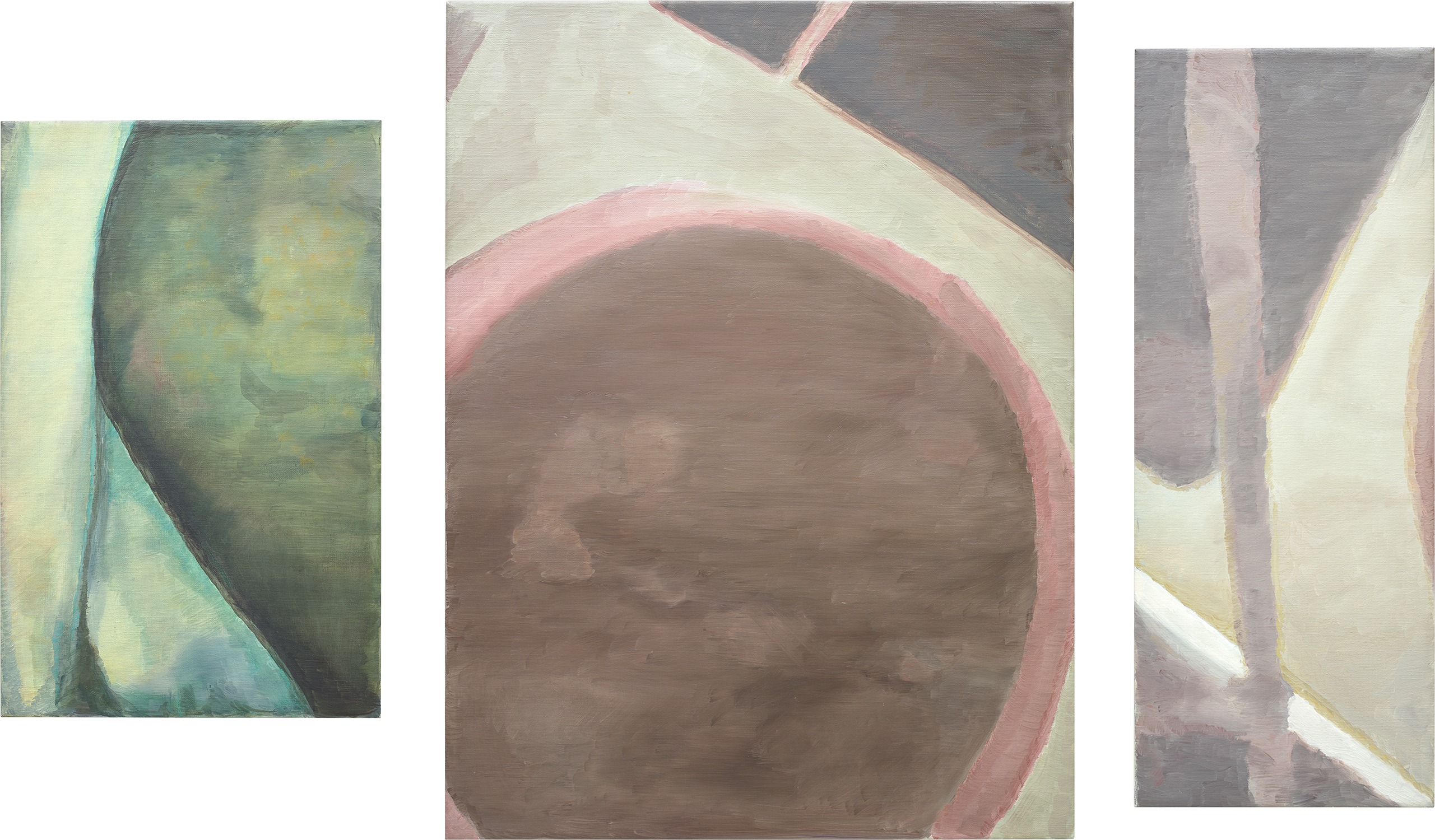



28
Luc Tuymans
Illegitimate VII
signed and dated 'Luc Tuymans '97' on the reverse of the centre part
oil on canvas, triptych
left part 59.6 x 38.2 cm (23 1/2 x 15 in.)
centre part 83.1 x 62.5 cm (32 3/4 x 24 5/8 in.)
right part 75 x 30.1 cm (29 1/2 x 11 7/8 in.)
overall approximately 83.1 x 160.8 cm (32 3/4 x 63 1/4 in.)
centre part 83.1 x 62.5 cm (32 3/4 x 24 5/8 in.)
right part 75 x 30.1 cm (29 1/2 x 11 7/8 in.)
overall approximately 83.1 x 160.8 cm (32 3/4 x 63 1/4 in.)
Painted in 1997.